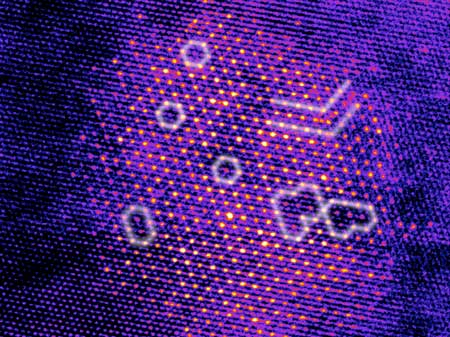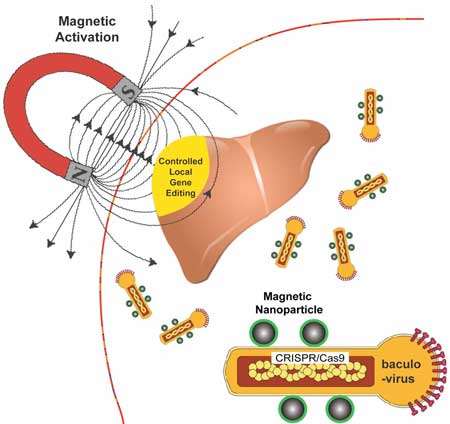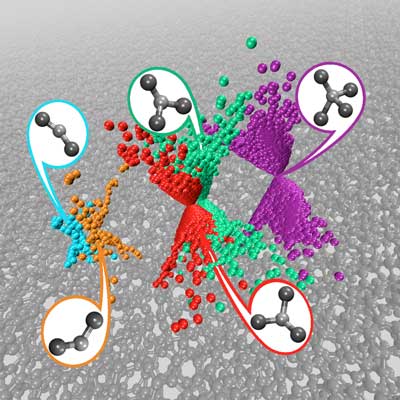
Tuesday, November 13, 2018
Optimization of alloy materials: Diffusion processes in nanoparticles decoded
'Waltzing' nanoparticles could advance search for better drug delivery methods

Anticancer drugs to be delivered directly to cells by magnetic nanospring capsules

Surfaces with controlled wettability to trap and identify molecules at trace concentrations

Moths and nanomagnets could save lives

Using fine-tuning for record-breaking solar cell performance

Detecting light in a different dimension

Resonant mechanism discovery could inspire ultra-thin acoustic absorbers

Stealth-cap technology for light-emitting nanoparticles

Tailoring the surface of carbon may hold the key to monitoring patient blood in real-time

Researchers offer solution in fight against fake graphene

Subscribe to:
Comments (Atom)
